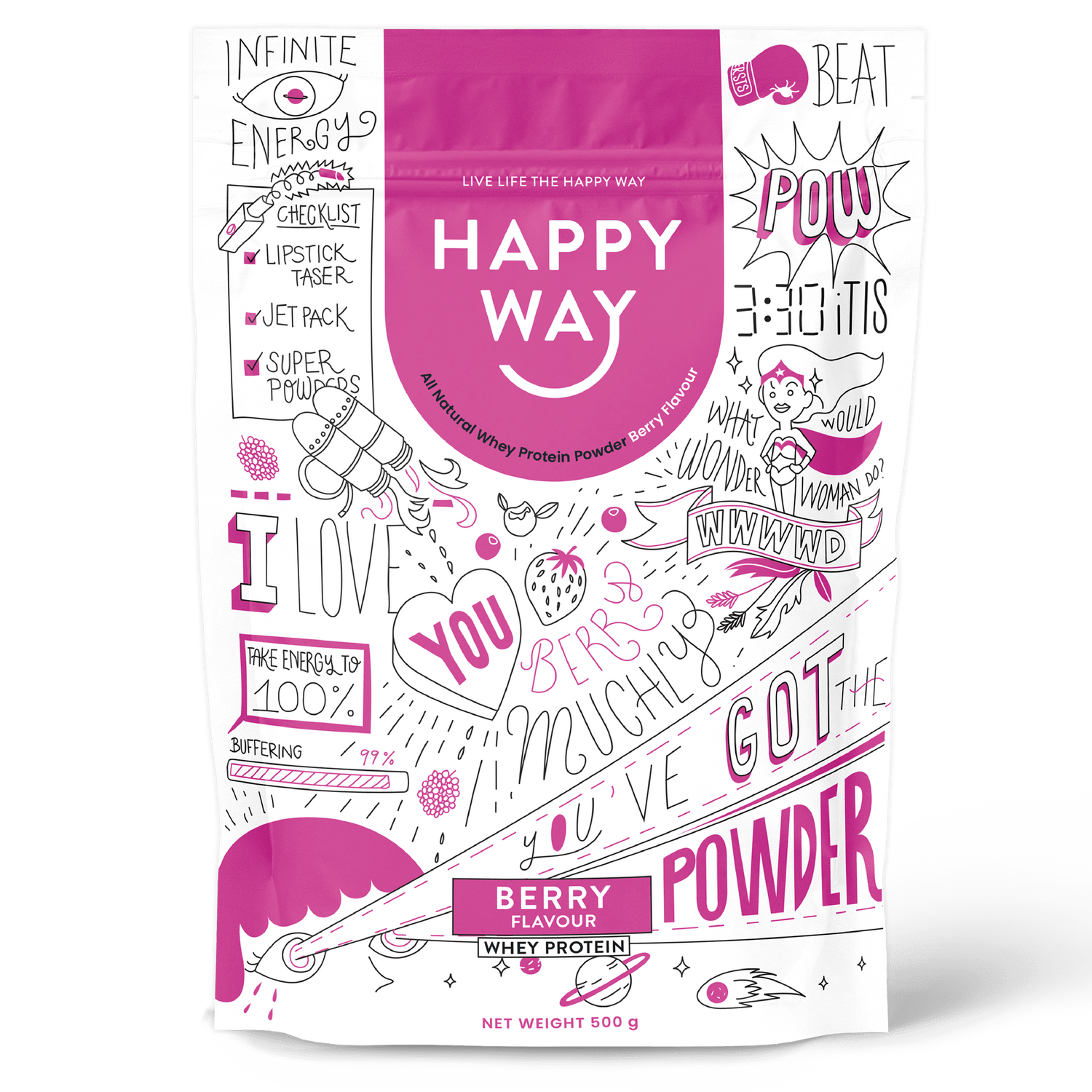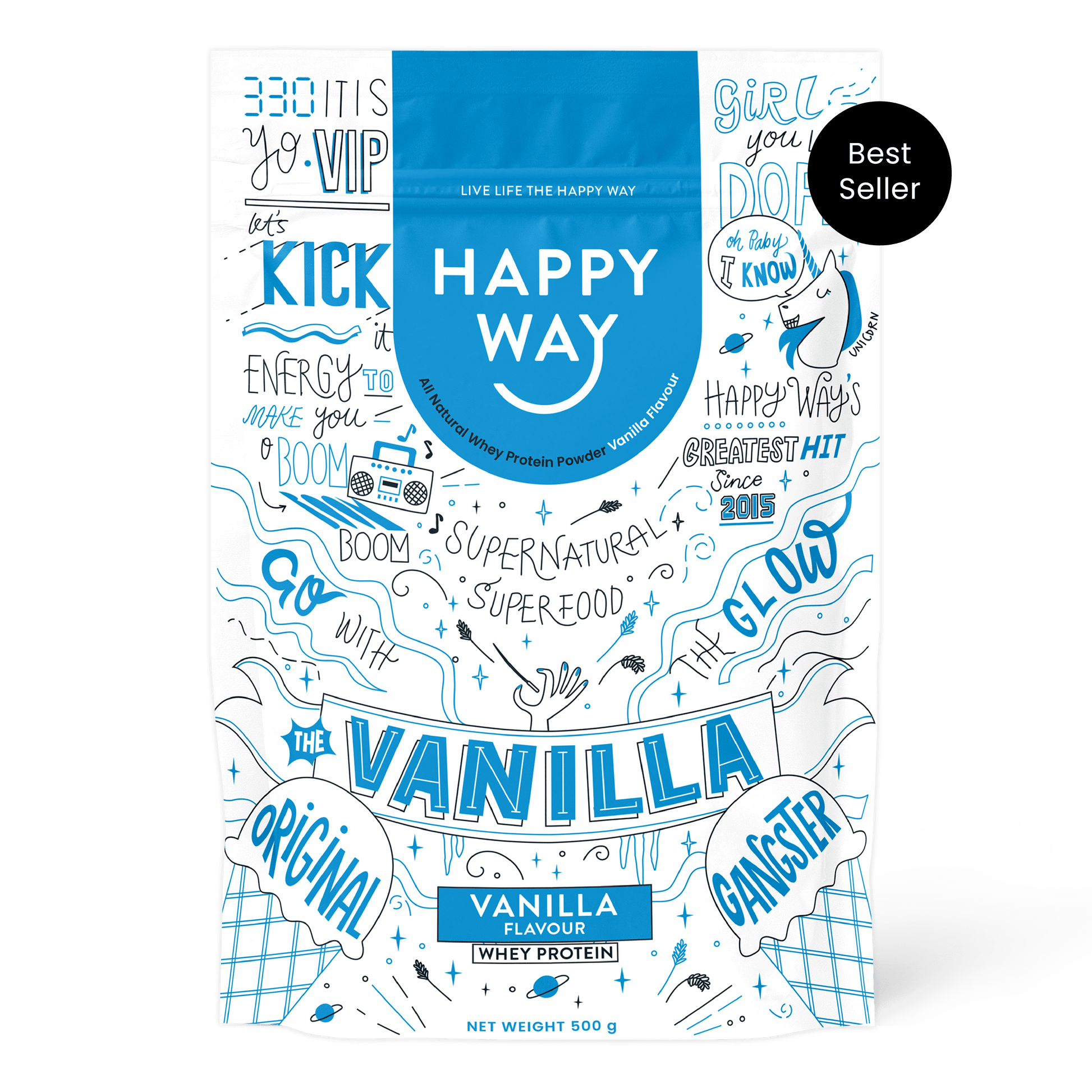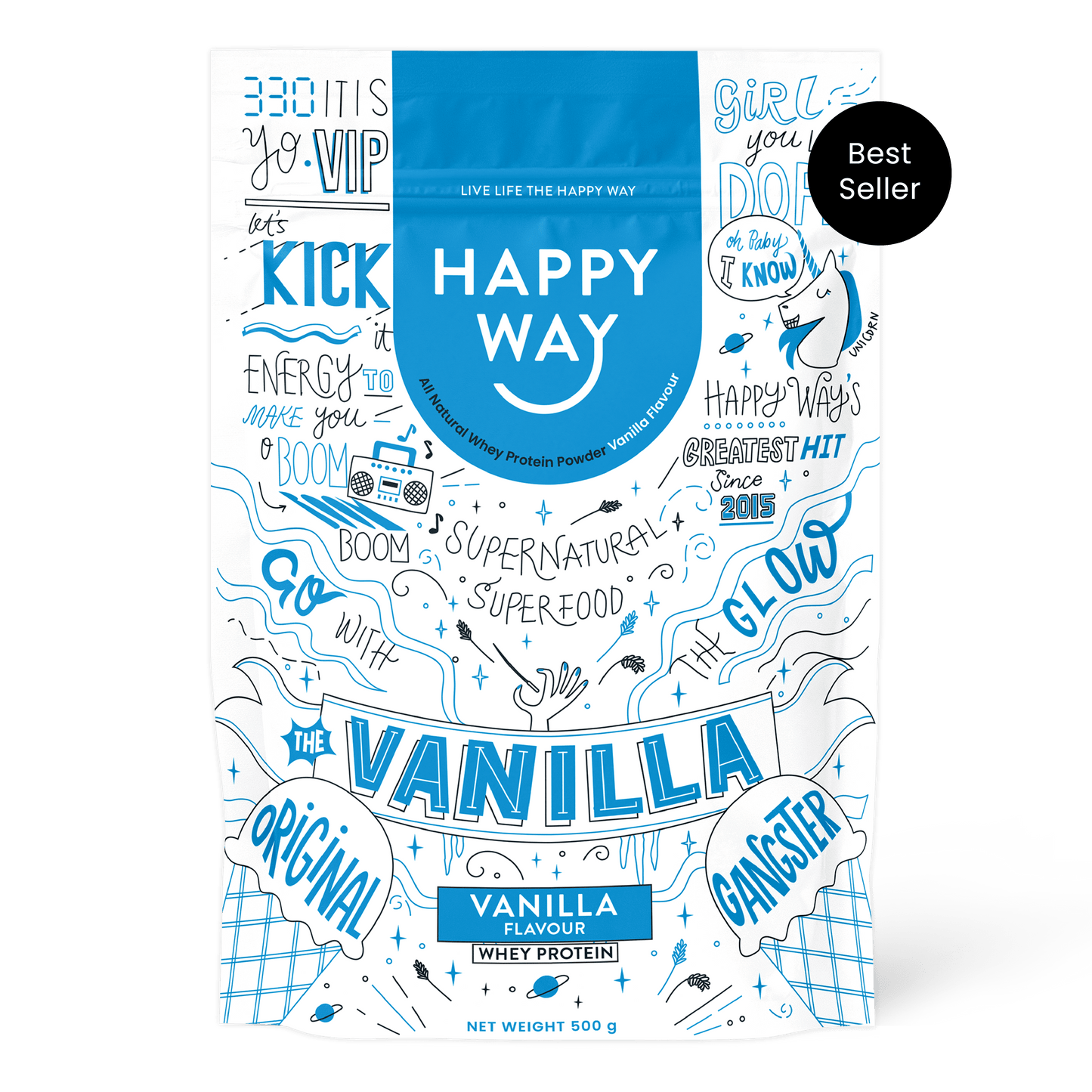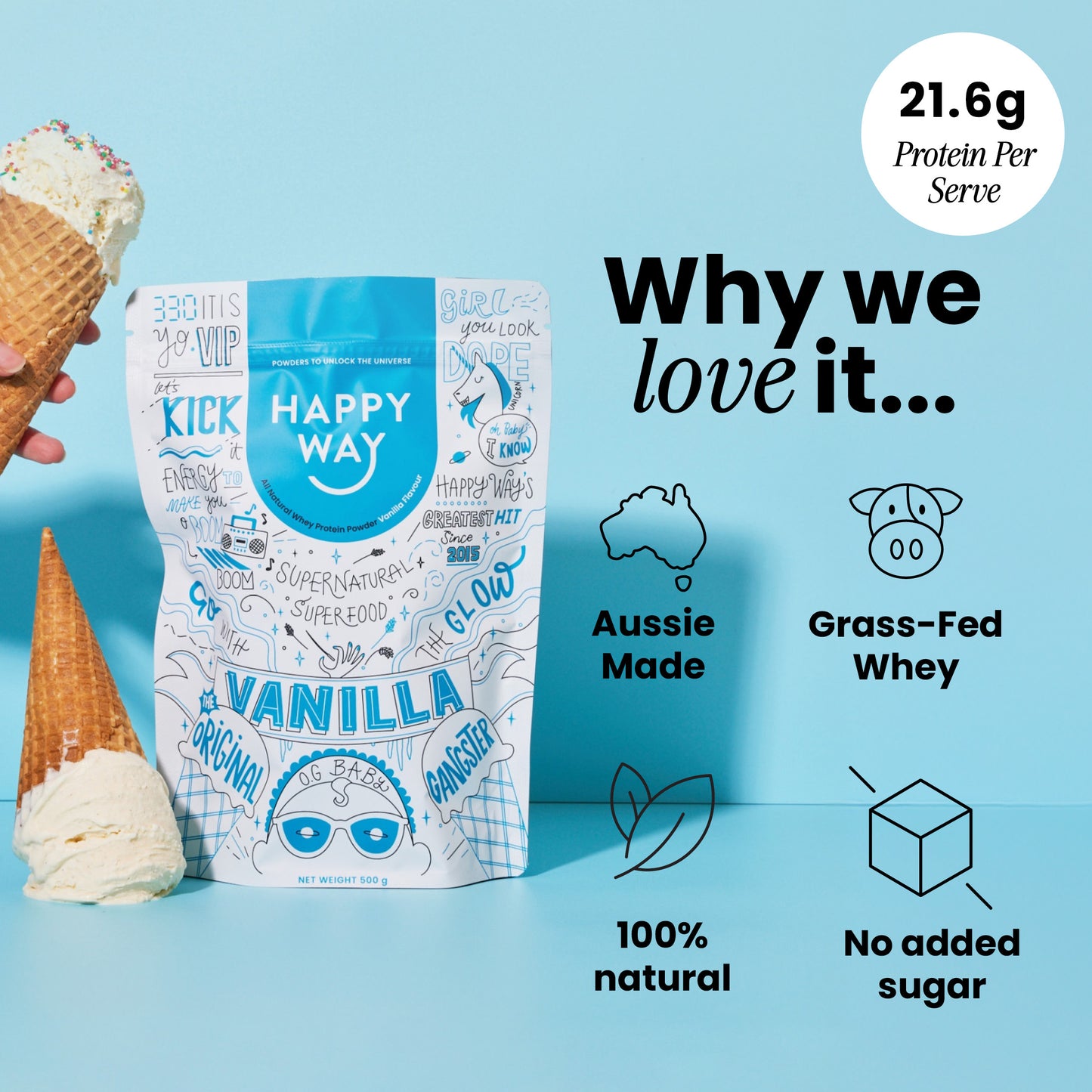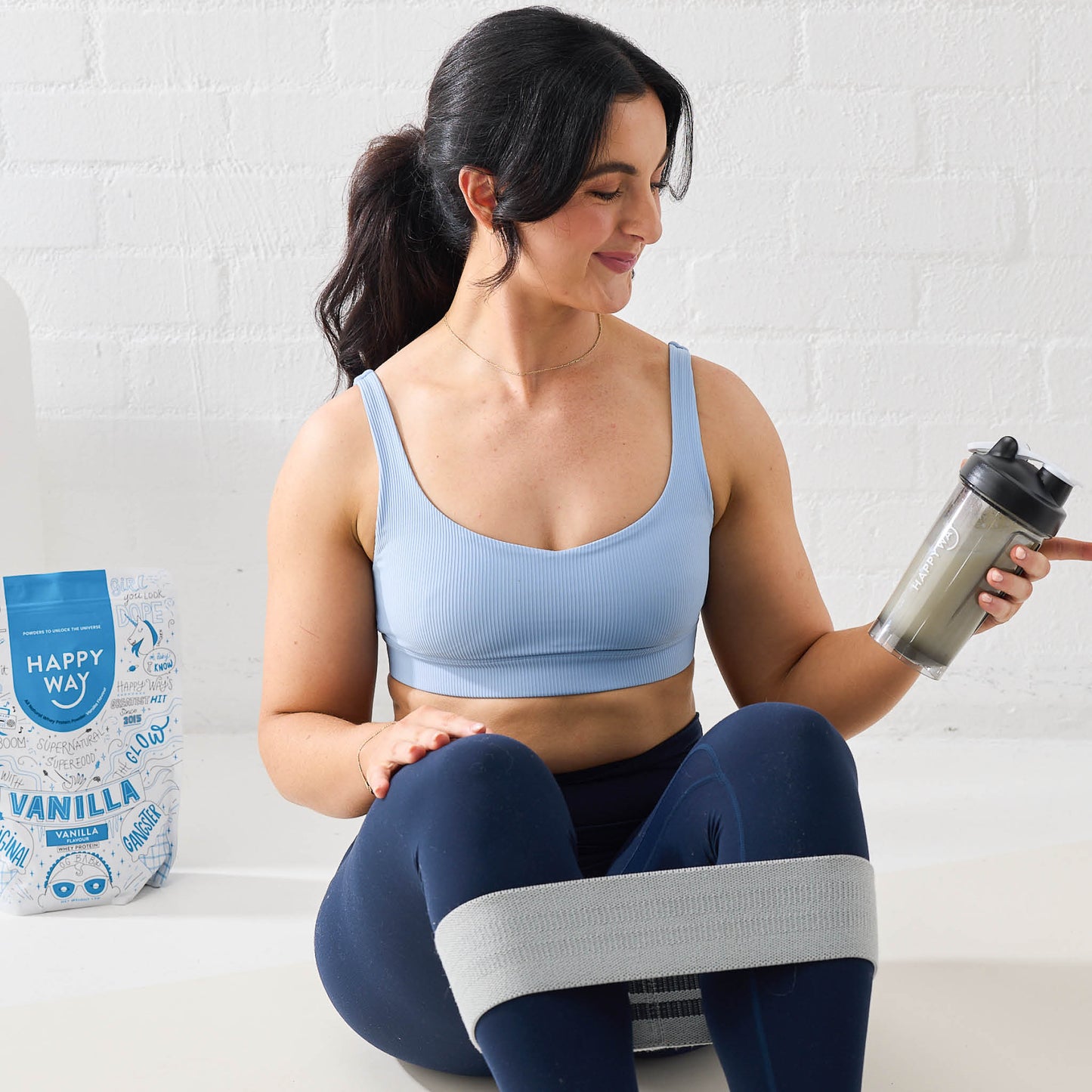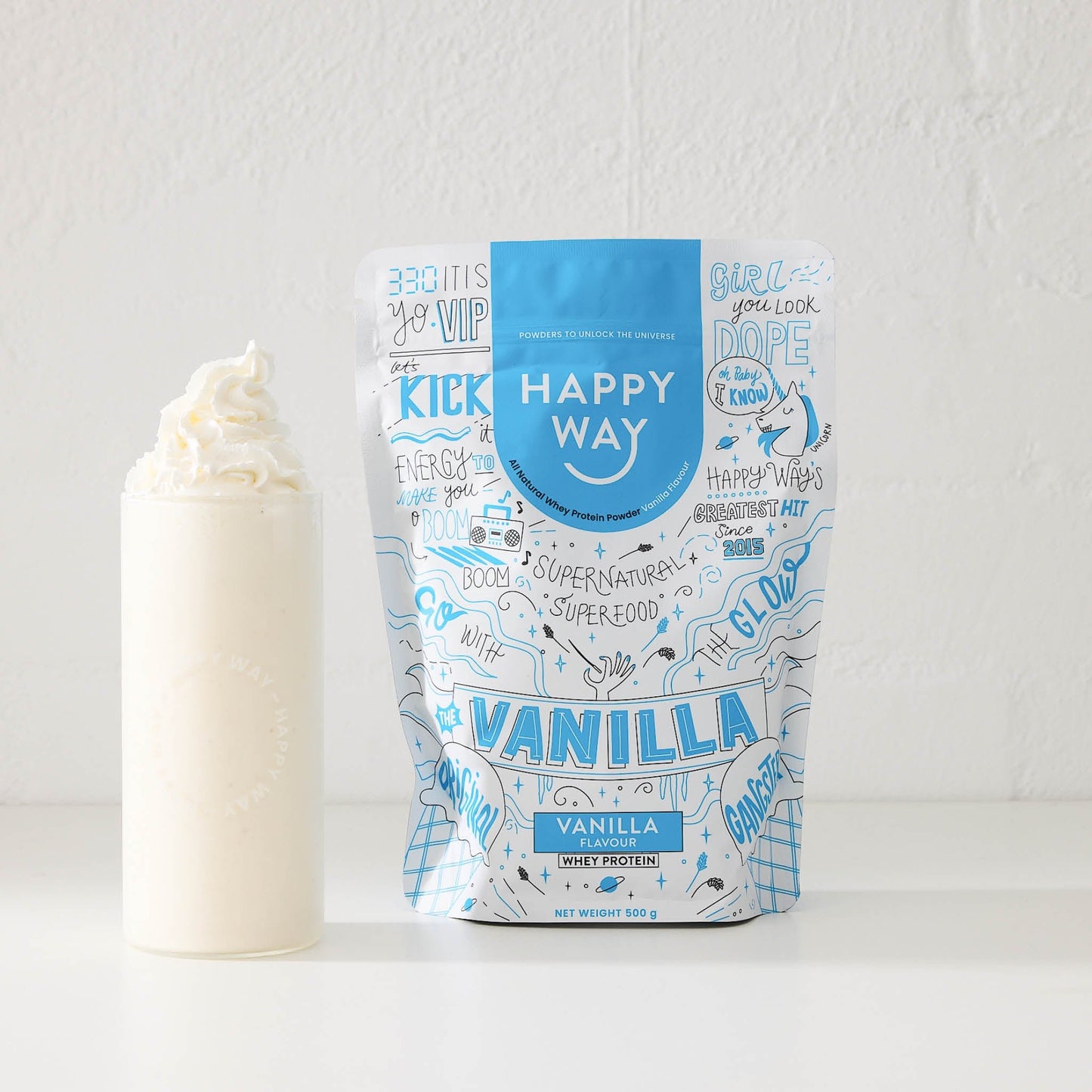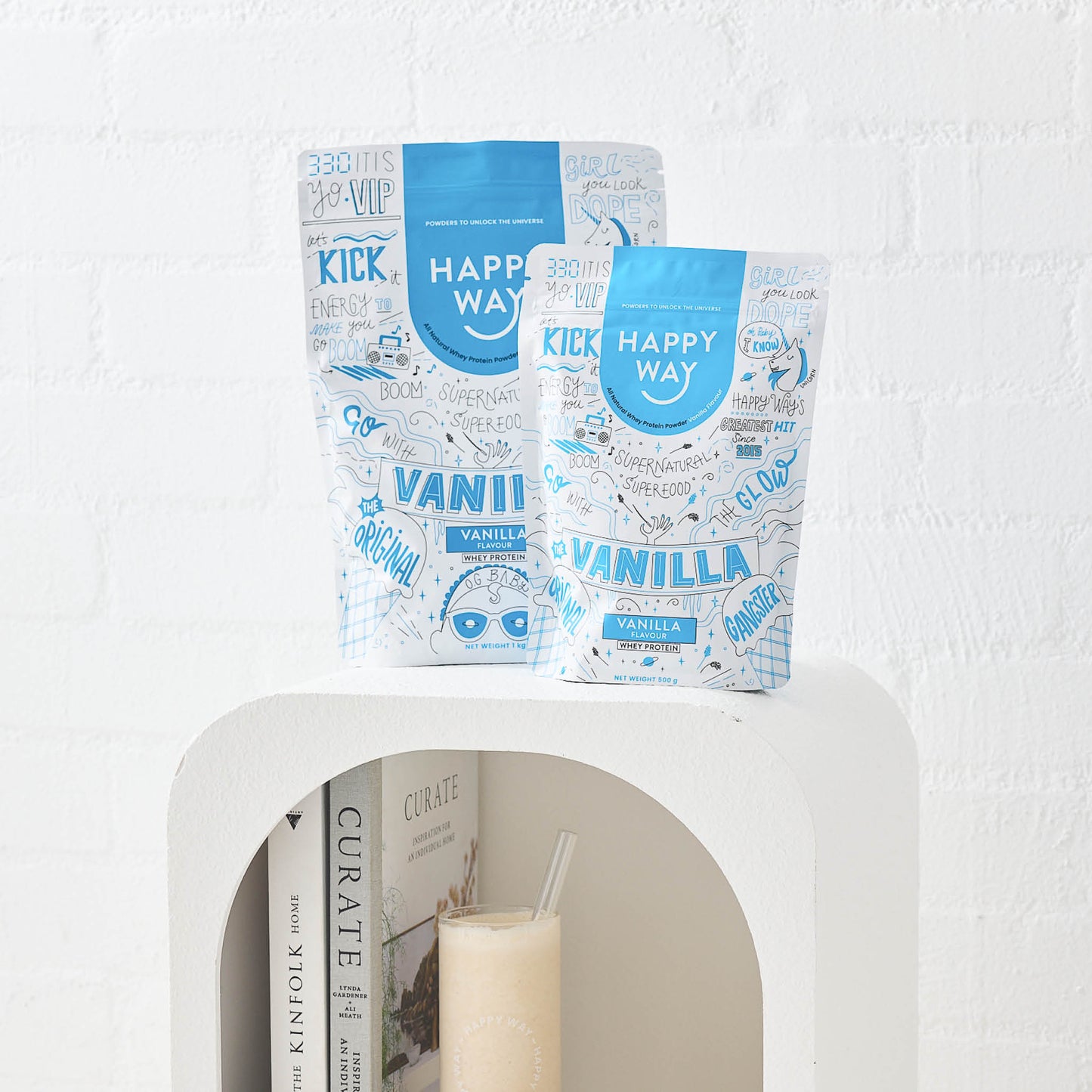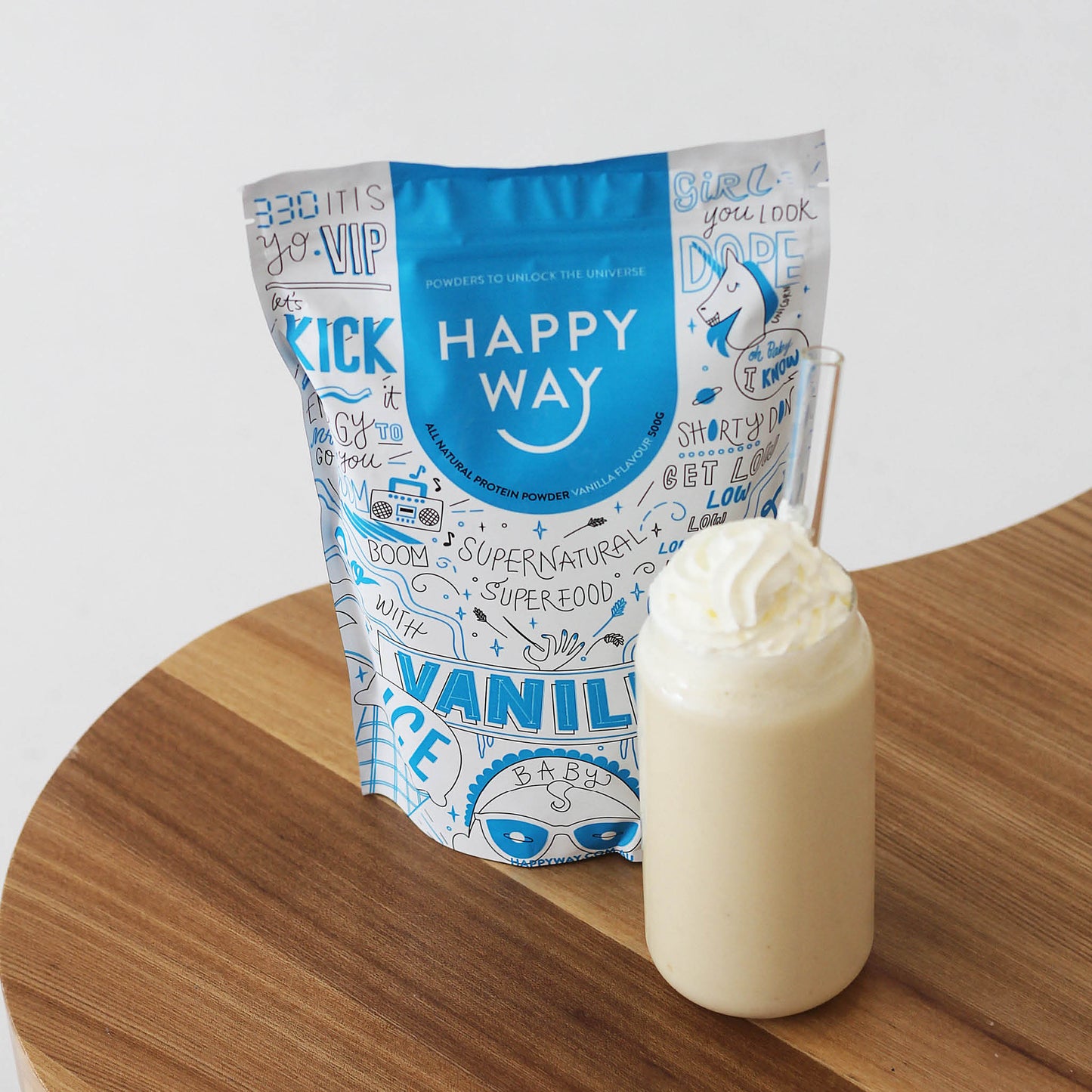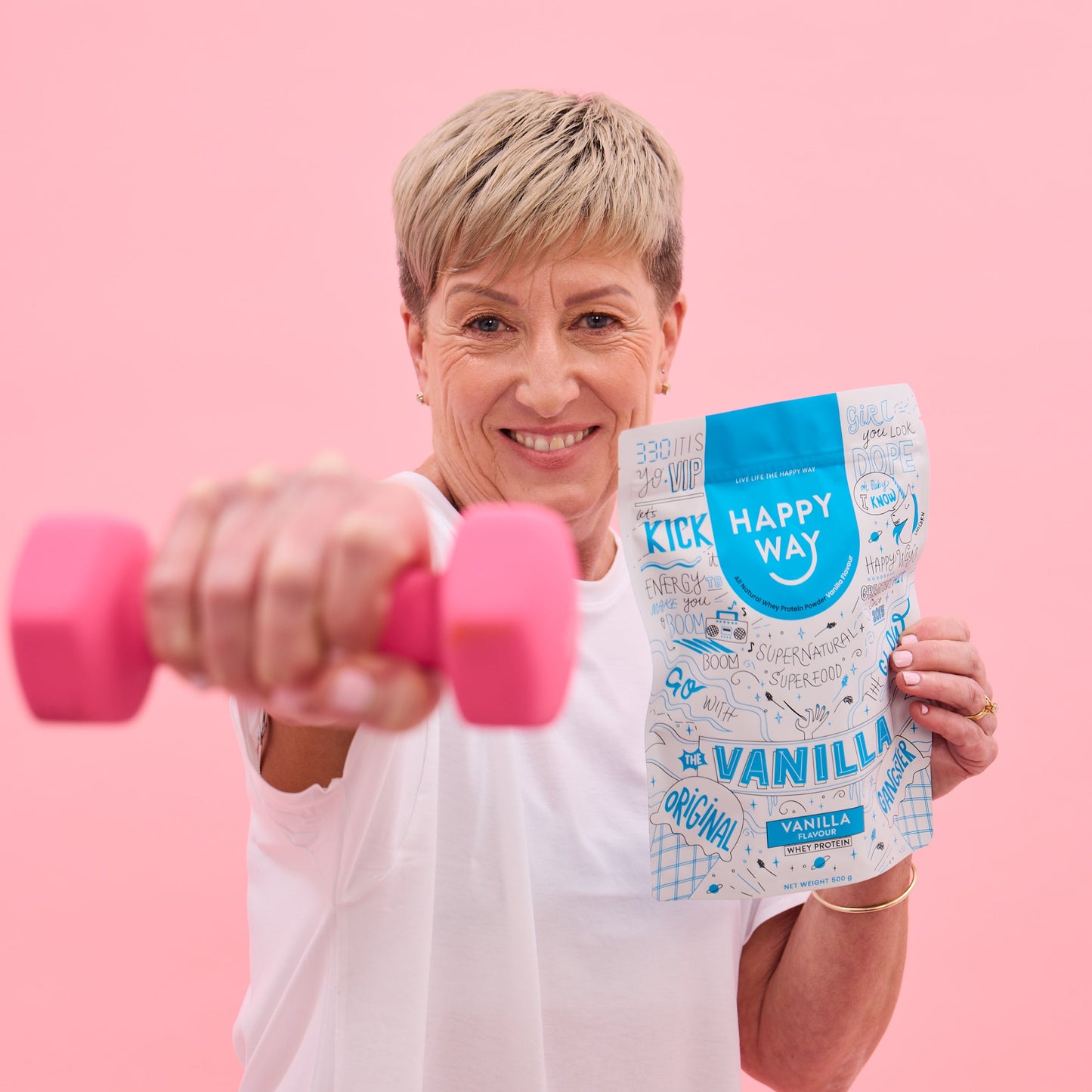Knowing how to build strength and endurance can be a hard process as there are two different goals to work toward. Strength is being able to withstand resistance and pressure, while endurance is the ability to sustain physical activity for a prolonged period of time. To improve both areas simultaneously is achievable if you know what to do.
Strength training can bring significant benefits to your overall health and wellbeing. Strength training in the form of progressive overload and anaerobic activity helps to increase muscle size, prompt gains in muscle mass and improve joint function and the ability of the body.
Building endurance is based on heart rate; beats per minute, stroke volume; the amount of blood pumped per heartbeat, and heart contractility; forcefulness of each heart muscle contraction.
How to build strength and endurance
Protein
Protein is essential to the recovery of muscles after exercise as the branch chain amino acids in protein have the ability to repair muscle damage and synthesize muscle production.
Protein is also essential to the formation of hemoglobin, in which oxygen is carried to muscles during exercise.
While strength and endurance athletes differ, their protein requirements are similar, only for different purposes. For strength, protein helps to increase muscle tissue, while for endurance, protein helps to repair existing muscle tissue. It is essential for repair, maintenance and growth. The amino acids in protein also prevent and reduce delayed onset muscle soreness and stiffness from intense workouts.

Pre-Workout
Pre-workout protein shakes are typically consumed between 1-3 hours before a training session to provide you with the fuel to perform to the best of your ability. It also reduces muscle protein breakdown and prevents the depletion of muscle glycogen,
Post-Workout
You should aim to consume a protein shake within 45 minutes of finishing your workout. This will help your body to recover and replenish muscle glycogen, increase muscle protein synthesis and reduce muscle soreness and fatigue.
Nutrition
Nutrition goes hand in hand with training, you need to focus on both aspects if you wish to achieve your fitness goals. Consume foods rich in protein and essential amino acids such as chicken fish, beef, eggs and dairy.
Carbohydrates are extremely important as they keep your muscles full and encourage energy during workouts through stored glycogen. By consuming slow-digesting carbs such as fruit or oatmeal, you’ll feel fuller for longer and have more energy and burn more fat during exercise.
Fast paced high-intensity training
Faced paced training and high-intensity exercise is intended to challenge your ability to endure anaerobic activity that is higher than your maximum cardio threshold. This pace allows your lactic acid system to be activated as your heart rate increases and you start to breathe quicker.
This technique of training should include short 20-minute circuits that are repeated without long rest periods. As your body gets used to this form of exercise, it adapts and burns lactic acid more efficiently during sessions, allowing you to exercise for longer periods at high intensity before feeling fatigued.

Weights
Strength can be measured by the ability to withstand the pressure of external forces such as weights. Building strength with the progressive overload technique allows muscles to be gradually introduced to weight increases.
Doing more repetitions with lighter weight will help to build up your endurance, while fewer repetitions with heavier weights will help to increase your muscle. More reps during a higher intensity workout will help you burn more calories and allow you to build your muscular endurance by exerting a certain amount of effort before you feel too fatigued to continue.
It may be beneficial to focus on these different goals on different days, while cardio should take up 30 minutes a day. Make sure you have a day of the week set for legs, back, shoulders, arms and abs so you’re taking a holistic approach to your strength workout.
The most important thing to look out for when increasing weight is your form. If you find your technique is collapsing or you’re working an unintended muscle because you’re too weak from the weight, it’s best to drop back to the weight your muscles are comfortable with until your body is ready.
Short rest periods
Endurance training rest periods should be 45 seconds to 2 minutes. This allows lactic acid to clear from your muscles as your hormonal and vascular systems are boosted. As your body draws its energy for endurance training from aerobic metablism, carbs and fats are burned faster in the presence of oxygen.
During progressive overload training, it’s important to take longer rest periods between 3-5 minutes as your nervous system requires more rest with heavier sets and your body takes longer to replenish phosphagen stores. Longer than a 5 minute rest can increase the risk of injury as your body begins to cool down.
Plyometrics
Adding explosive movements in this circuit can challenge your strength and endurance by using spurts of energy. Plyometrics demand more muscle contractions and reactions during high intensity interval training. This technique is effective in burning calories and fat, improving cardiovascular endurance and elevating the heart rate.
It is often incorporated into a workout session to boost the intensity and enable muscles to use maximum force in a quick and short amount of time. This form of jump training not only improves endurance, but it also helps to build strength, generate explosive power and improve speed. Examples of explosive movements include things like power pushups, burpees, box jumps.

If you want to learn more about how to build strength and endurance with protein, check out our blogs How to maintain a high protein diet and Why is protein important for women. Have a look at our recipes page for delicious protein-filled goodies or shop our whey proteins and vegan protein powder range for pre and post workout shakes.
